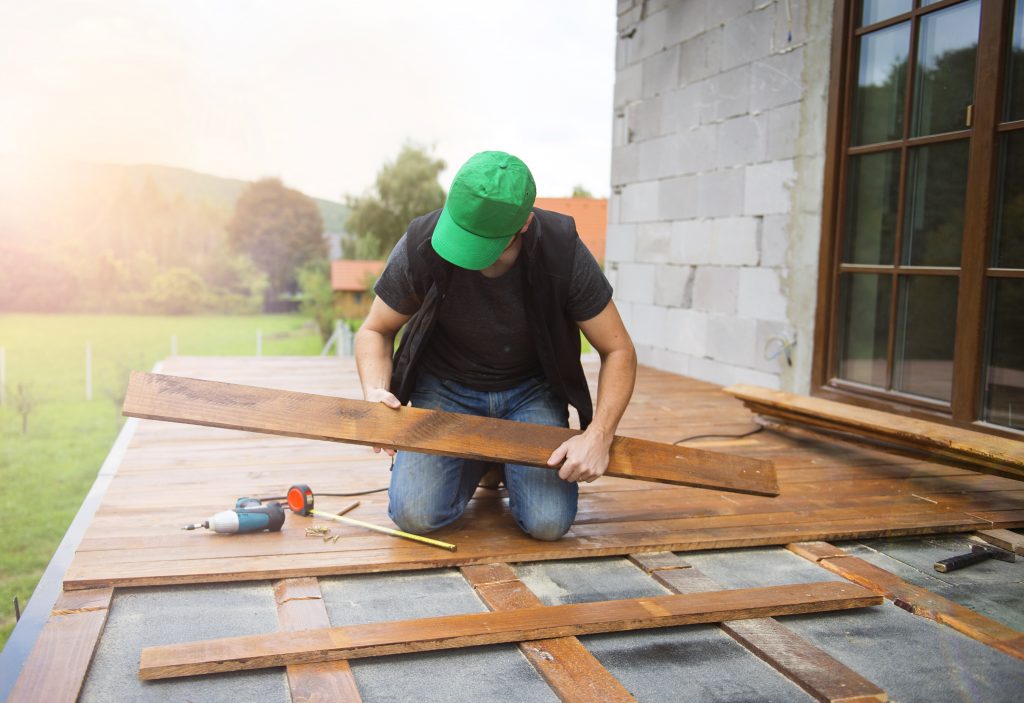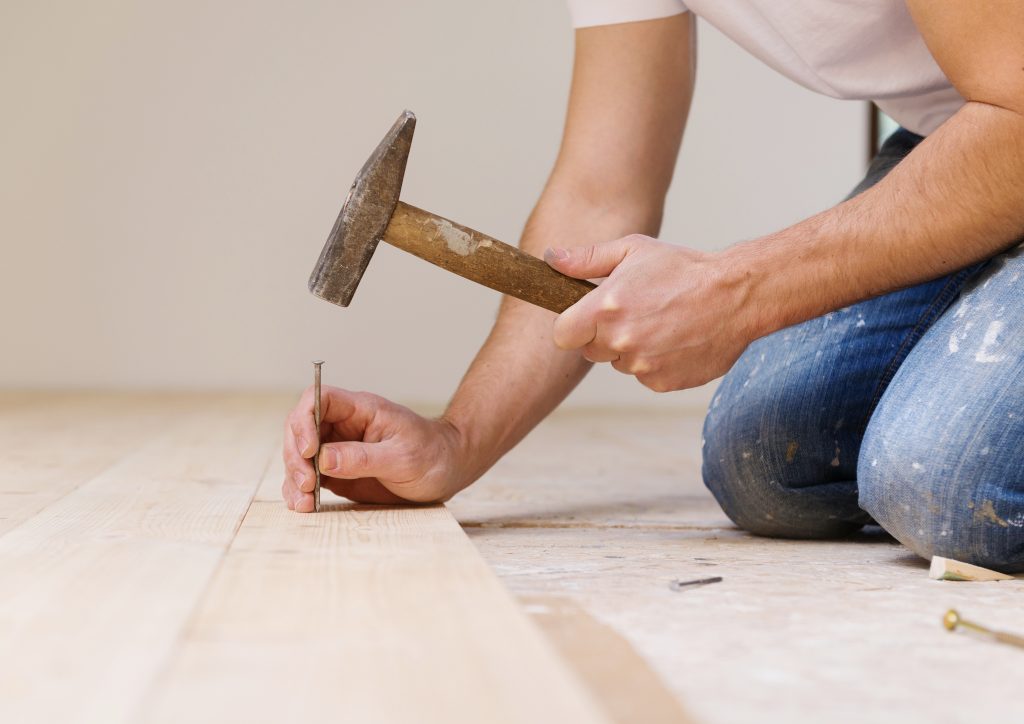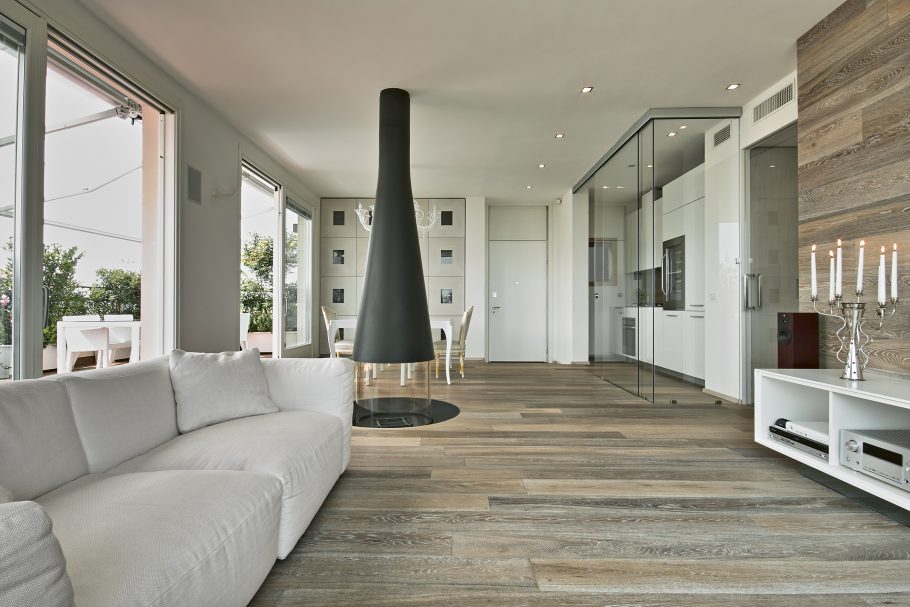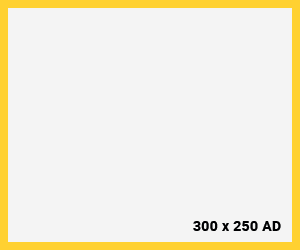There are so many species and types of wood out there for you to choose from, with classic options like oak through to tropical woods and the more eco-friendly bamboo all in different colours and styles just waiting for you to decide which is for you. If you are unsure how to get started, and don’t know what you should be looking for, that is completely understandable. Are you looking for classic or hard-wearing? Cost-effective or luxurious? And what should you do with them once you choose your floorboards? Here we will have a look at some of the best wood for floorboards and how exactly you should go about installing them once you have found your own favourite.

What wood is best for floorboards?
There are many fantastic options to choose from when selecting the kind of wood you want for your floors. Hardwood is generally thought of as the best, with bamboo a nearly separate category within this due to its speedy regrowth when compared to the other species grouped as hardwoods. Oak is still a favourite with plenty of shades and types to consider, as are ash, birch and pine.
Your personal preference at this point should be the key component in your decision, though you should also think about how much it is, how easy it will be to get hold of, with imported woods often more pricey, and how much wear and use you will be getting from it. The Janka scale will help you with the hardness of different woods and that will tell you which are the best choices for you and your household.
What is the strongest wooden flooring?
The Janka scale, as mentioned above, is a way of determining which woods are the hardest and strongest, and can take the most wear. The higher a type of wood scores the harder it is, and this is based on the amount of force you need to embed a steel ball into its surface up to halfway. Here are a few of the strongest and hardest types for you to look at.
-
- Hickory – strong, hard and shock resistant, hickory has one of the highest Janka scale ratings depending on which scale you look at and is definitely one of the best woods for durability as a floorboard.
- Sapele
- Maple – hard or sugar maple is an excellent material for floors, with strong shock-absorbing capabilities that make it ideal for homes and commercial use alike.
- Chestnut or Sucupira – scoring really high once again on the Janka scale, this wood is certainly both strong and durable making it perfect for those high traffic areas that will see a lot of use.
- Oak – the wood that needs no introduction, oak has long been the most popular and common choice for floors as it is fairly water-resistant, takes stain well so you can have pretty much whatever colour you want and at the higher end is strong and durable too.
- Beech
- Birch – on the cheaper side for real solid wood and still very strong and durable birch is a great alternative to some of the pricier hardwoods and still accepts a stain well so you can get whichever shade or colour you want.
- Pine – actually more of a softwood, pine is again a durable and strong choice that makes it great for floors even so.
- Walnut
- Cherry
- Rubberwood
- Mahogany – though more traditionally used to make furniture, mahogany is a strong and durable material that can be used on floors and particularly in engineered wood floors.
There are of course different types within a lot of these species that will have varying strengths, but in essence, you want a harder wood if you are likely to have lots of foot traffic, if you have a busy and bustling household with kids or pets or lots of activity and the likelihood of things being dropped and the floor getting scuffed, scraped or scratched. After that, it is a matter of preference, colour and price. Have a look at some of the different kinds of DIY wooden floorboards and you are sure to see something to suit all your wants and needs.

Is it better to nail or screw floorboards?
When it comes to laying your floorboards screws are the far better choice over nails. Nails can loosen over time, moving and shifting as temperatures change and the wood also expands and contracts. If they do loosen and even come out this can cause creaking and sagging boards that will irritate you and even ruin the integrity of the floor. Nails have a looser grip and if you need to lift the boards up again to gain access to wiring or anything else underneath you will have to pull them out, snapping or harming the entry points and making it tougher to relay.
Screws, on the other hand, give a much tighter and more solid grip. They can also be unscrewed and put back in relatively easily which is ideal if this is an area you might need to come back to again and again. Screws will hold your boards down better without slipping or popping out making them the superior way to go.
Conclusion
With so many differing criteria for what actually makes one wood the best overall the others it is tough to get a definitive answer to the question. What really matters is what you want, in terms of species, strength and style as well as ease of and correct installation and the knowledge that you have the perfect new floor for you and at the cost you wanted to pay. Do make sure that the wood you have chosen will stand up to the rigours of your own house and the place you are planning to place it, then get shopping, installing and ready to enjoy your beautiful new solid wood floor today.





